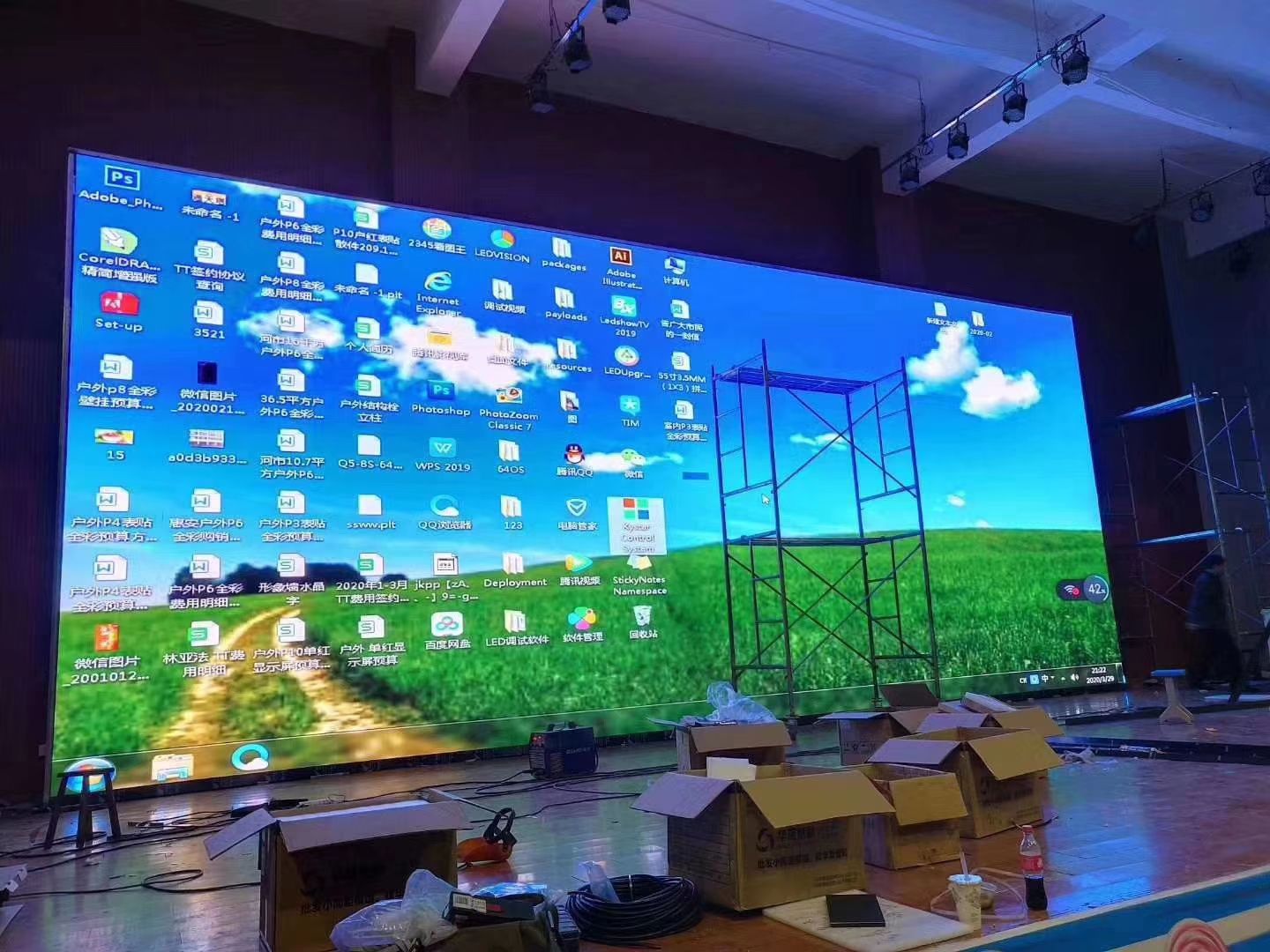Perfecting Hue Precision in LED Wall Calibration for Breathtaking Graphic Presentations
Perfecting Hue Precision in LED Wall Calibration for Breathtaking Graphic Presentations
Blog Article
Color precision is crucial for creating stunning visual displays, especially when using LED screens. These massive screens are frequently found in places like concert venues, sports arenas, and advertising billboards. When the colors on an LED screen are not accurate, the visuals can look flat or warped, which can affect the overall experience for viewers. Therefore, mastering color precision in LED wall tuning is vital for achieving lively and realistic visuals.
The first step in guaranteeing color accuracy is comprehending how LED systems works. LEDs, or light-emitting diodes, produce light in various colors by combining red, green, and blue (RGB) light. Each pixel on an LED wall is made up of these three colors. When calibrated correctly, the mix of RGB can produce a broad range of hues. However, if one color is too intense or too dim, it can distort the whole screen. This is why calibration is necessary to balance the hues and achieve the desired visual effect.
Tuning involves modifying the configurations of the LED wall to make sure that the colors displayed match the initial content as closely as feasible. This process usually involves using specific software and hardware instruments. Technicians frequently use color assessment devices, such as spectrophotometers, to examine the colors being shown. By contrasting the measured hues to benchmark color standards, they can make precise adjustments. This guarantees that the colors are not only lively but also uniform across the entire display.
Another important Continue Reading factor of color accuracy is understanding the surroundings in which the LED screen is employed. Factors such as ambient light can significantly affect how colors look. For instance, a well-lit lit room may fade colors, making them look not as vibrant. To mitigate this, technicians may modify the brightness and contrast settings of the LED wall. Additionally, they may select specific color settings that are better appropriate for different lighting conditions. This adaptability helps preserve color accuracy irrespective of the viewing surroundings.
Finally, regular maintenance and recalibration are crucial for maintaining an LED screen looking its best. Over time, the performance of LEDs can change due to factors like degradation and heat fluctuations. Frequent checks and adjustments can help guarantee that the colors remain correct and vibrant. By investing time in appropriate calibration and upkeep, venues can offer viewers with breathtaking graphic displays that improve their total experience. Mastering color precision in LED screen calibration is not just a technical job; it is an art that adds to the magic of graphic narration.